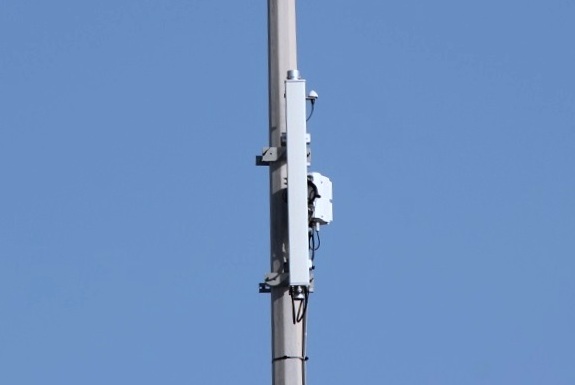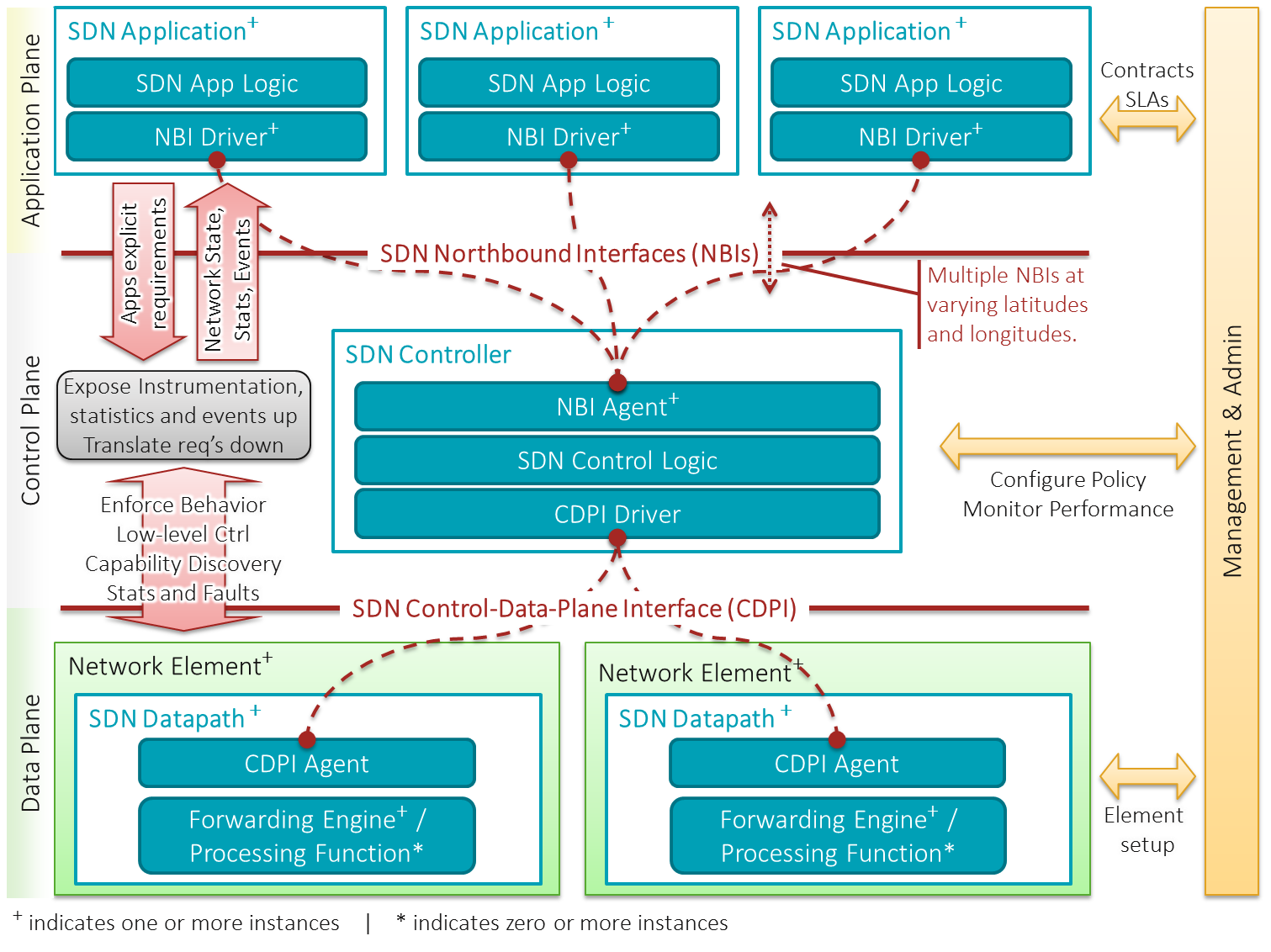|
Smart Cell
Smart Cells are radio access nodes that provide wireless connectivity across multiple spectrum ranges and technologies. As of January 2014, Macrocells, Small Cells, and Wi-Fi connections were the primary means of data connectivity. For these types of cells, the spectrum utilized is static and is based on the antenna installed. ''A Smart Cell may transmit multiple frequencies and technologies which are controlled by the software and not the hardware'' (antenna). ''Smart Cells'' are currently in the research and development stage, but support software-defined networks Software-defined networking (SDN) technology is an approach to network management that enables dynamic, programmatically efficient network configuration in order to improve network performance and monitoring, making it more like cloud computing t ..., which are proliferating the current mobile network structure, are being supported. It's possible that ''Smart Cells'' will lower capital and operational costs due to r ... [...More Info...] [...Related Items...] OR: [Wikipedia] [Google] [Baidu] |
Macrocell
A macrocell or macrosite is a cell in a mobile phone network that provides radio coverage served by a high power cell site (tower, antenna or mast). Generally, macrocells provide coverage larger than microcell. The antennas for macrocells are mounted on ground-based masts, rooftops and other existing structures, at a height that provides a clear view over the surrounding buildings and terrain. Macrocell base stations have power outputs of typically tens of watts. Macrocell performance can be increased by increasing the efficiency of the transceiver. Scale The term macrocell is used to describe the widest range of cell sizes. Macrocells are found in rural areas or along highways. Over a smaller cell area, a microcell is used in a densely populated urban area. Picocells are used for areas smaller than microcells, such as a large office, a mall, or train station. Currently the smallest area of coverage that can be implemented with a femtocell is a home or small office. See als ... [...More Info...] [...Related Items...] OR: [Wikipedia] [Google] [Baidu] |
Small Cell
Small cells are low-powered cellular radio access nodes that operate in licensed and unlicensed spectrum that have a range of 10 meters to a few kilometers. In other words, they are base stations with low power consumption and cheap cost that are operated in a licensed spectrum. They can provide high data rates by being deployed densely to achieve high spatial spectrum efficiency. Recent FCC orders have provided size and elevation guidelines to help more clearly define small cell equipment. They are "small" compared to a mobile macrocell, partly because they have a shorter range and partly because they typically handle fewer concurrent calls or sessions. As wireless carriers seek to 'densify' existing wireless networks to provide for the data capacity demands of "5G", small cells are currently viewed as a solution to allow re-using the same frequencies, and as an important method of increasing cellular network capacity, quality, and resilience with a growing focus using LTE ... [...More Info...] [...Related Items...] OR: [Wikipedia] [Google] [Baidu] |
Software-defined Networking
Software-defined networking (SDN) technology is an approach to network management that enables dynamic, programmatically efficient network configuration in order to improve network performance and monitoring, making it more like cloud computing than traditional network management. SDN is meant to address the static architecture of traditional networks. SDN attempts to centralize network intelligence in one network component by disassociating the forwarding process of network packets (data plane) from the routing process ( control plane). The control plane consists of one or more controllers, which are considered the brain of the SDN network where the whole intelligence is incorporated. However, centralization has its own drawbacks when it comes to security, scalability and elasticity and this is the main issue of SDN. SDN was commonly associated with the OpenFlow protocol (for remote communication with network plane elements for the purpose of determining the path of network ... [...More Info...] [...Related Items...] OR: [Wikipedia] [Google] [Baidu] |
Smart Devices
A smart device is an electronic device, generally connected to other devices or networks via different wireless protocols (such as Bluetooth, Zigbee, near-field communication, Wi-Fi, LiFi, or 5G) that can operate to some extent interactively and autonomously. Several notable types of smart devices are smartphones, smart speakers, smart cars, smart thermostats, smart doorbells, smart locks, smart refrigerators, phablets and tablets, smartwatches, smart bands, smart keychains, smart glasses, and many others. The term can also refer to a device that exhibits some properties of ubiquitous computing, including—although not necessarily—machine learning. Smart devices can be designed to support a variety of form factors, a range of properties pertaining to ubiquitous computing and to be used in three main system environments: physical world, human-centered environments, and distributed computing environments. Smart homes indicate the presence of sensors and some detection ... [...More Info...] [...Related Items...] OR: [Wikipedia] [Google] [Baidu] |
Mobile Telecommunications
Mobile telephony is the provision of telephone services to phones which may move around freely rather than stay fixed in one location. Telephony is supposed to specifically point to a voice-only service or connection, though sometimes the line may blur. Mobile phones connect to a terrestrial cellular network of base stations (cell sites), whereas satellite phones connect to orbiting satellites. Both networks are interconnected to the public switched telephone network (PSTN) to allow any phone in the world to be dialed. In 2010 there were estimated to be five billion mobile cellular subscriptions in the world. History According to internal memos, American Telephone & Telegraph discussed developing a wireless phone in 1915, but were afraid that deployment of the technology could undermine its monopoly on wired service in the U.S. Public mobile phone systems were first introduced in the years after the Second World War and made use of technology developed before and ... [...More Info...] [...Related Items...] OR: [Wikipedia] [Google] [Baidu] |


